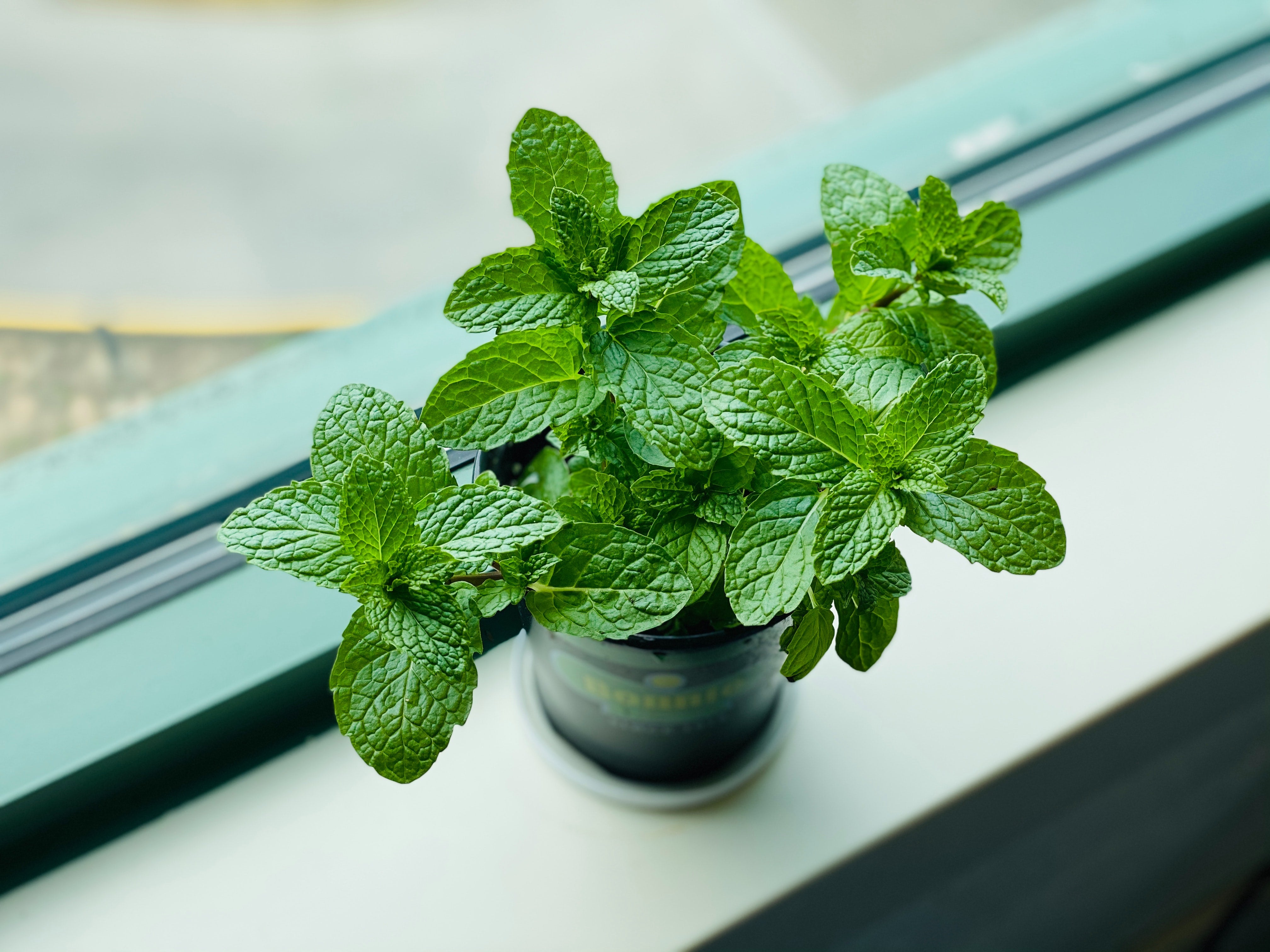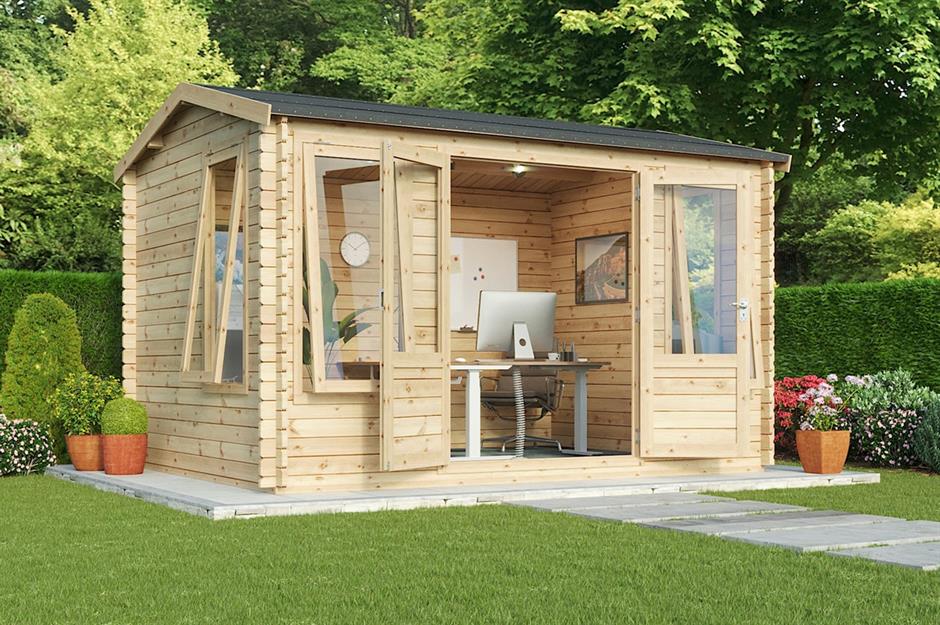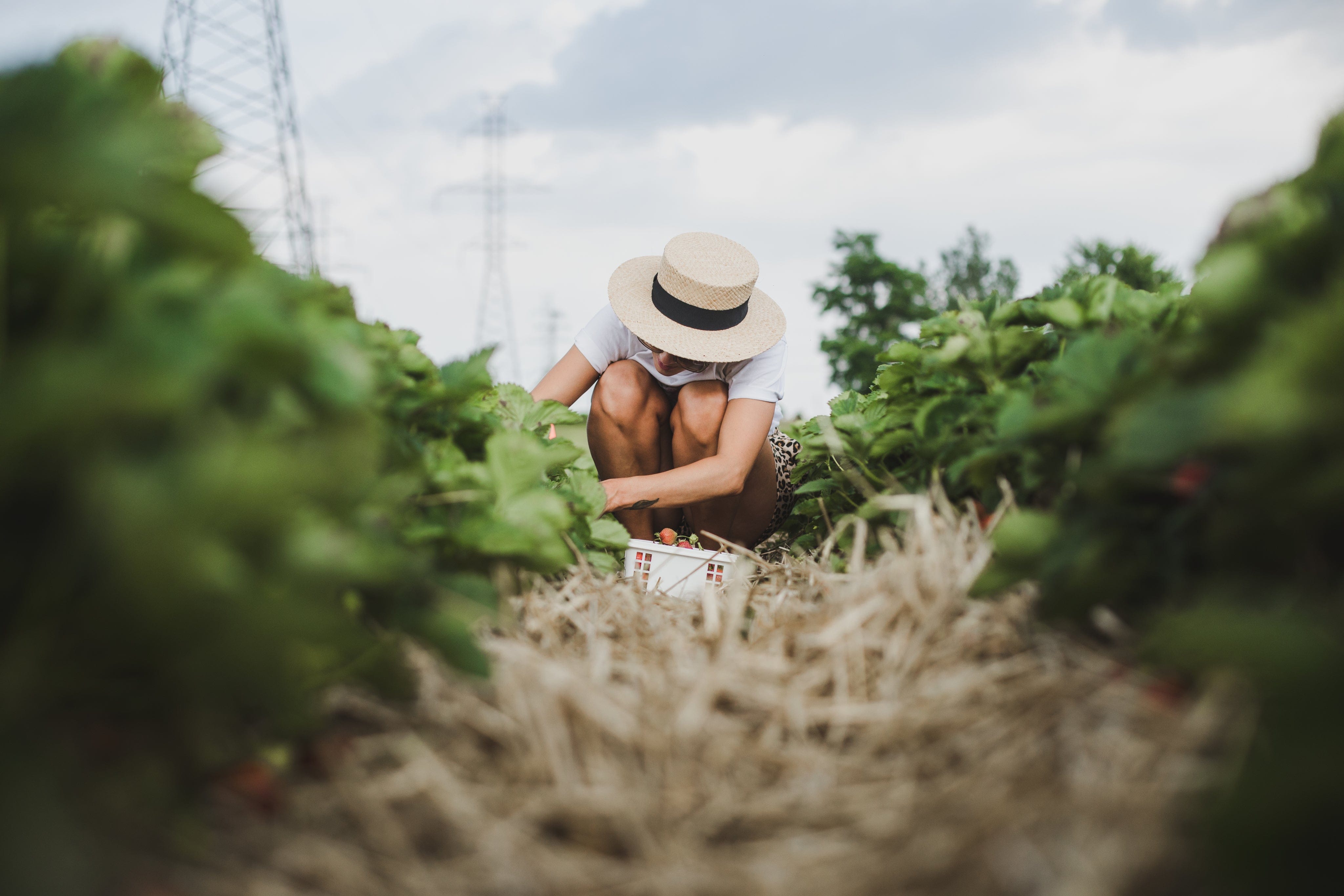They are three well-known products in the gardener’s world, and each could not be more different from the next. And yet when compost, fertilizer, and soil are used together, in the right proportions, they are a potent mix, guaranteed to have the garden flourishing.
Knowing the difference between these 3 very different products is a necessity, especially as the 3 terms are so often incorrectly used to describe the same thing. For those first time gardeners, as well as those who are looking to freshen up their memories, this blog is just for you. We’ll be going through the 3 variations of potting mixtures, and giving you the information you need to make the most informed decision about how, and when, to use them.
Telling the difference between compost, fertilizer and soil
Usually all found in the same section of the gardening shop, these three products are used at different times and for very different purposes.
Compost is primarily used to give the soil a natural nutrient-filled boost, making it more suitable for plants to thrive in. Fertilizer is used to support plant growth. And soil is that top layer of the earth that sustains all the lush plant life.
Naturally, the easiest way to tell the three of them apart would be to simply read the packaging. But the difference that you really need to understand comes down to how and when each should be used.
Think about how natural matter, like dead leaves and plants, vegetable scraps and cut grass, all eventually break down and go back into the earth. Have that image in mind? That is compost.
Unlike fertilizer, compost is primarily made up of natural plant matter that has gone through a slow decomposition process. You could make compost yourself, by setting aside a small part of your garden where dead plants can be neatly placed and left to break down, but the process is quite a long-winded one, which means it could take months before you can actually use it.
The quickest way to get compost is to buy it.
Shop bought compost is made of the same stuff, and can be used as-is, or broken down even further into a nutrient-rich compost tea. But generally, the compost you will need most is the type which comes in a bag as a mulch, and is manually mixed into garden beds.
How and when to use compost
Compost has quite a few uses, and every kind of garden can benefit from having a bag of compost occasionally dug in.
When used as a mulch, the compost should be mixed into at least 8 or so centimetres of topsoil, around once or twice a year. This is generally done when the soil is simply in need of a bit of nutrient maintenance. If the soil requires a little boost, the compost can be dug in just a little deeper and used along with a compost tea.
Compost tea is quite a fabulous product to have as it is packed full of nutrients, which when used as a soil drench, packs quite a punch. The difference in the soil, and the plants benefiting from the extra nutrients, is noticeable within a few days.
A good quality compost will make the soil healthy, help it to retain moisture, aid in the fight against weeds, control soil diseases, and promote healthy plant growth.
Whenever the soil could do with a little "pick-me-up", fertilizer should be the go-to product. Fertilizer consists of both natural and synthetic materials which are carefully combined to support growing plants. You can expect to find potassium, nitrogen, phosphorus and manure in the mixture all of which plants need when growing.
How and when to use fertilizer
Unlike compost, fertilizer is not necessarily a regularly used product, because it has high concentrations of the various compounds. But when plants are looking wilted and generally a bit unhealthy, adding some fertilizer to the soil can be the best thing you do.
While compost feeds the soil, fertilizer nurtures and supports the plants.
Fertilizer encourages faster growth and healthier looking plants, which also then tend to be bigger. It will also work to fix any soil deficiencies which might be hampering plant growth and health.
The product is available as fast-releasing, which is perfect for the quick fix, and then there is a slow-releasing variation which releases the required nutrients periodically over an extended period. Slow acting fertilizer generally takes the form of pellets.
Keep in mind that fertilizer can cause damage when overused, which is why it needs to be used sparingly.

Soil is the fascinating result of thousands of years of formation, and it covers most of the top layer of the earth. Soil compounds differ from region to region, and garden to garden, with sandy soils, clay and silt all being among the most common variations. Consisting of decayed plants and animals, broken down bits of rock and just about all the organic matter you could imagine, soil doesn’t get nearly as much interest as it deserves.
The problem with soil, especially if you have a vegetable patch or seasonal plants, is that over years of use, it becomes depleted of all the goodness and this is precisely where using compost and fertilizer, in the right order and at the right time, comes into play.
How and when to use compost and fertilizer in your soil
The easiest and most efficient way to use compost would be to just mix it into your soil. When you are prepping your garden for planting, simply use a garden fork and churn the soil with your compost mix of choice. You can lay up to 8cm of compost on top of the soil and then thoroughly mix it into about 20cm of soil.
When maintaining a garden bed, the compost can just be sprinkled on the top and gently worked into 5cm of soil.
As for fertilizer, the first thing you will need to determine is whether you will be using the fast releasing or slow-releasing kind.
The quick releasing fertilizer is going to be quick acting and is generally used when the quick plant growth, especially in the case of lawns, is the goal. The slow-releasing fertilizer can be used as continuous nutrient support.
Every component has its purpose, and once you know what your plants need, you will be well on your way to a better gardening experience.
If you are interested in doing some more reading, follow the below:
The grass is always greener on our side. Visit The Pot Shack to start your growing garden










Leave a comment
This site is protected by hCaptcha and the hCaptcha Privacy Policy and Terms of Service apply.